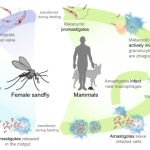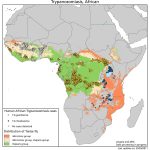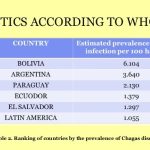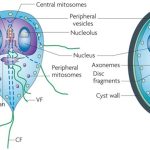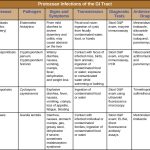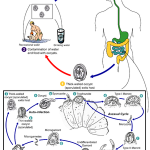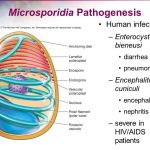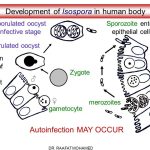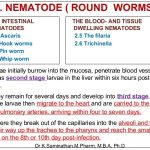
Worldwide, more than 1 billion people are infested with Ascaris lumbricoides, the causative agent of ascariasis or roundworm. More than 4 million people are estimated to be infected in the United States. Infection occurs predominately in the southeastern states and more commonly in younger children, and it is associated with lower socioeconomic status. The organism is acquired through ingestion of embryonic forms of the worm, which are found in fecally contaminated soil.

